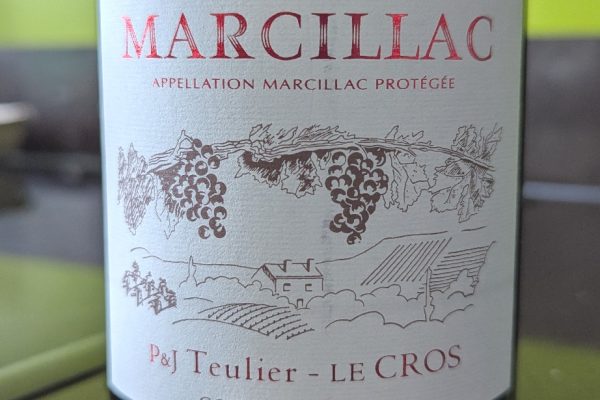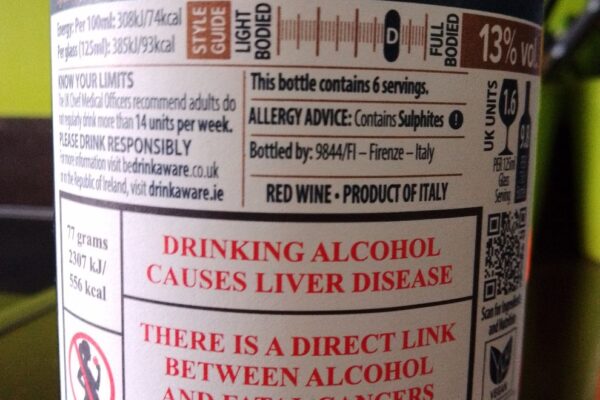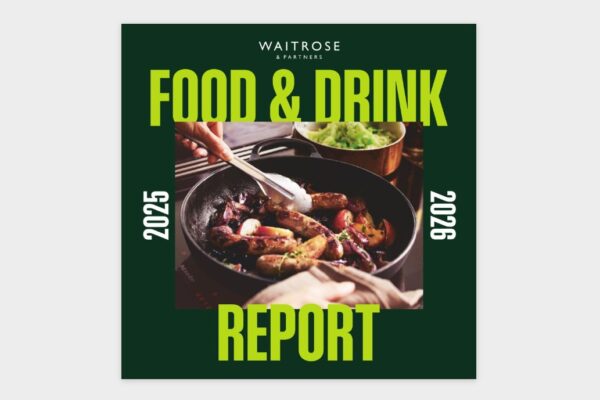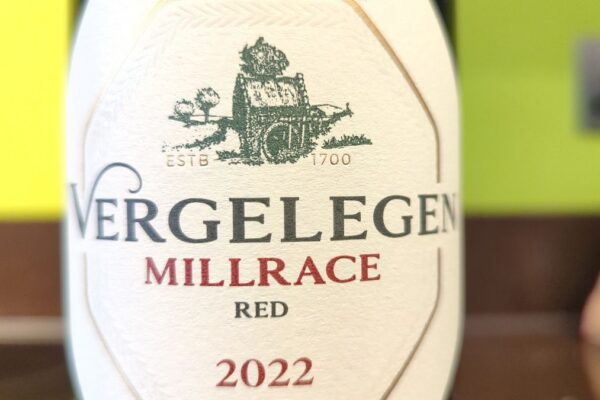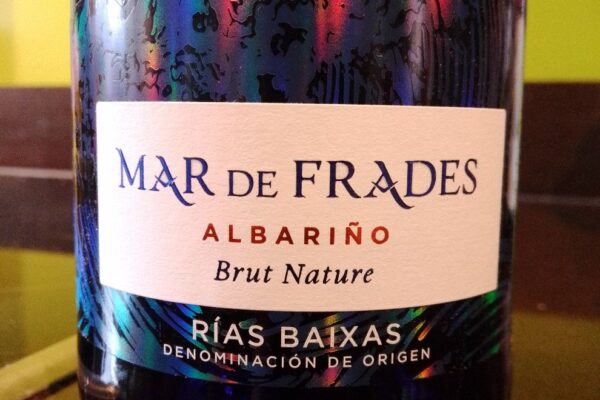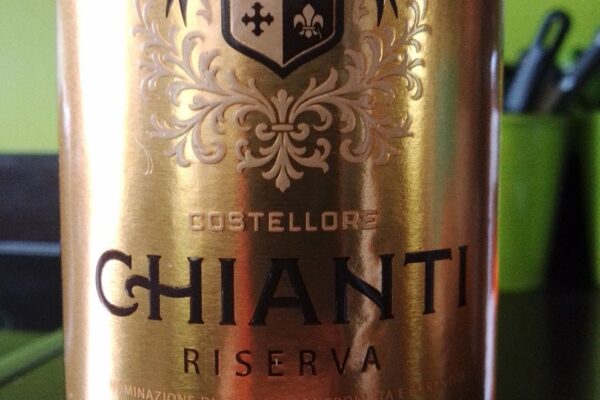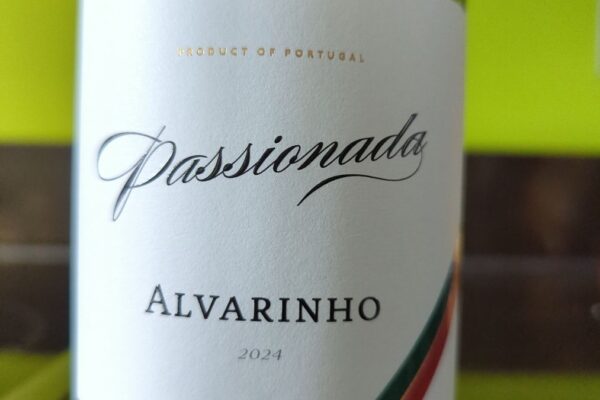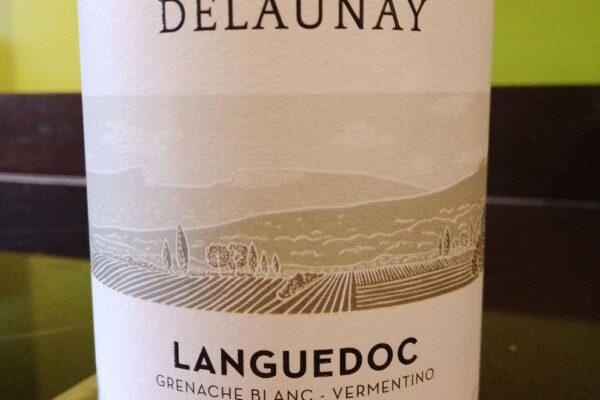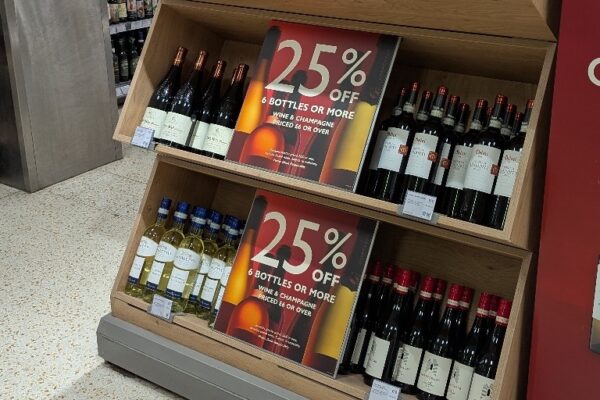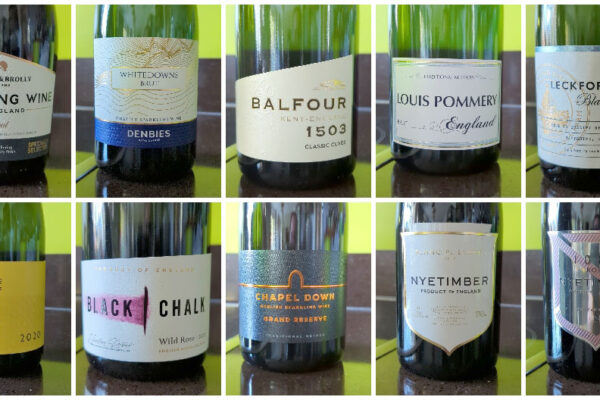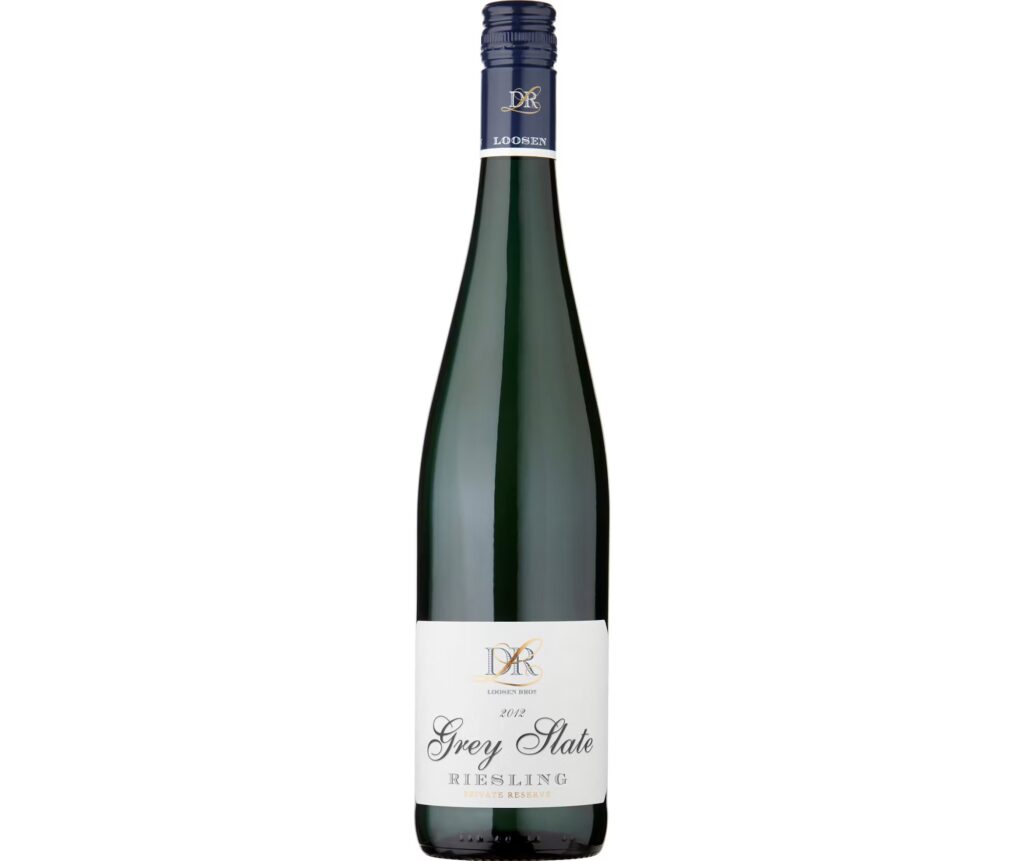
Hannah Crosbie, of the Guradian Newspaper, shares her renewed love for riesling, sparked by the arrival of warmer weather and a desire for wines that challenge and excite the senses. While riesling has a reputation for appealing to wine enthusiasts due to its distinctive aromas, sometimes reminiscent of petrol and wax, and its sharp acidity balanced by generous fruit, it’s becoming more accessible in shops and supermarkets.
Often, the rieslings found on the shelves are German and dry, but there’s a wide world of riesling also coming from places like Australia, New Zealand, South Africa and Alsace.
Hannah highlights the German prädikatswein classification, explaining that kabinett-style rieslings are the lightest and driest, perfect for easy drinking and for those who might be sceptical of the grape’s funkier characteristics.
Spätlese rieslings, picked later in the harvest, are richer and a bit sweeter, with ripe fruit flavours. Auslese, even further up the ripeness scale, can be intensely sweet and are a great example of how sweetness in wine does not mean low quality. In fact, when balanced with acidity, sweet rieslings can be complex and elegant. Hannah encourages readers to embrace the sweetness and explore the full spectrum this grape has to offer.
The wines mentioned are:
Dr L Grey Slate Riesling (£10, Waitrose, 10.5%)
Moselland Riesling Spätlese 2023 (£11.40, Tanners Wine Merchants, 14%)
Tin Shed Wild Bunch Riesling 2023 (£24, Good Wine Good People, 12.4%)
Mont Gras Handcrafted Bío Bío Riesling 2020 (£13.50, The Wine Society, 13%)




